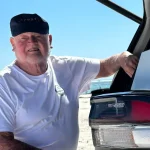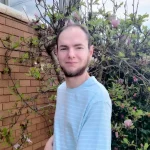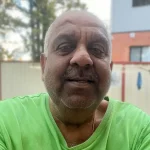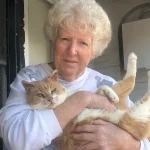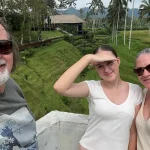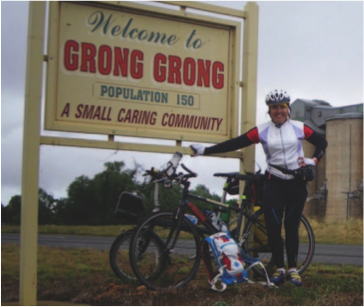Margret Cooper
My name is Margret Cooper and I was born with a hole in my heart. I first became aware of this when during a school health check I received more attention … and a jelly bean … from the doctor who listened to my heart. The doctor wrote a note to my Mother, but at this early stage, assured her the hole would close as I grew older.
All I knew was that I could not run like the other children. When playing active children’s games I would become breathless, and to catch my breath, I would often have to sit with my head between my knees. I grew up accepting that hard physical activity was just beyond me.
During my second pregnancy my gynaecologist sent me to a cardiologist, Dr Bailey, who diagnosed an Atrial Septal Defect or ASD, a congenital heart defect. Dr Bailey suggested that I see him again after I gave birth. Well I had two small children to care for and no time or desire to go back to face heart surgery. So it was put on the back-burner … for a time.
Gradually symptoms began to appear – dizziness, and at times, feeling like I was about to faint as well as constant tiredness. In 2000, my husband Paul and I began to plan a long awaited overseas holiday. While arranging travel insurance, I was asked to provide a doctor’s report concerning my heart. As a result, my GP referred me to a cardiologist, Dr Mark Ryan who advised me not to fly as it was considered too dangerous. Dr Ryan in turn referred me to a cardiovascular surgeon, Professor Paul Bannon.
An angiogram was quickly arranged. This found that the hole was quite large and had enlarged one side of my heart. Given the results, Professor Bannon told me that my symptoms were likely to progress very rapidly. He formed the view that my life expectancy would be substantially reduced if I delayed surgery any longer. If something was not done, given my symptoms and the test results, it was clear that I would not enjoy any level of quality of life for much longer.
I was 48 at the time of my operation. It seemed that my surgery was organised with incredible speed. Happily, it took place without any major setbacks. The doctors and nurses at RPAH were wonderful. My husband Paul arranged time off from work and took great care of me with patience and love – I know his steadfast care greatly enhanced my recovery.
Since my operation I am greatly aware that each day is precious. I am careful to try to maintain my fitness and to watch my diet. As I regained my strength I walked daily and then took up cycling. Over the last 14 years, my husband and I have undertaken some wonderful adventures starting with a short but delightful first overseas holiday in Hong Kong with my daughter. I have walked The Camino de Santiago across Spain some 700km; I have climbed Mt Fuji with my son; and I have recently climbed Australia’s Mt Kosciuszko.
In October this year I ticked off another one on my “bucket list” and cycled the Great Victorian Rail Trail – in fact over 2 weeks I cycled 450km around Victoria on rail trails and roads. I love to travel and I am curious about the world and have enjoyed every minute. I am fortunate and grateful that I have had no side effects from the surgery – I am healthy and take no medication at all. I am delighted to support The Baird Institute in any way I can and encourage others to do so too. Thank you for taking the time to read my story.
Best wishes,
Maggie Cooper

